A dual boot installation for integrating Linux Mint alongside Windows 10 opens a gateway to a versatile computing environment. This process allows users to enjoy the best of both operating systems by harnessing the strengths of Windows’ widespread compatibility and Linux Mint’s robust customization and open-source power. In this tutorial, I will show you how to dual-boot Windows 10 and Linux Mint (Victoria) on your computer step by step.
Requirements to Dual Boot Windows 10 and Linux Mint
The minimum requirements for installing Windows 10 and Linux Mint as dual boot are:
- RAM: 4 GB.
- Storage: 70 GB.
- USB Drive: 4 GB.
11 Steps to Dual Boot Windows 10 and Linux Mint
Follow the below steps one by one to dual-boot Windows 10 and Linux Mint in the easiest way:
1. Download the Linux Mint ISO File
After backing up data, the first step of installing Linx Mint is to download Linux Mint ISO. There are four types of Linux Mint available – Cinnamon, MATE, Xfce, and EDGE edition. Among them, Cinnamon is the most popular version of Linux Mint. It is slick, beautiful, and full of new features and primarily developed for beginners. So, click on the download button of Cinnamon.
2. Create a Bootable USB Drive
To create a bootable USB drive of the ISO file, use “Etcher”. It is a free and open-source application. First, Install Etcher on Windows. After installing, follow the steps:
- Open Etcher and select “Flash from File”.
- Select the ISO file from the location you’ve downloaded.
- Pug in a USB pen drive to the PC and click on “Select target”.
- Select your USB drive from the list shown.
- Finally, click on “Flash” to start flashing the ISO file into the USB drive.
After that, Etcher will flash the ISO file into your USB drive and make it bootable.
3. Create Disk Partition
To create a disk partition on Windows 10, follow the below steps:
- Search for “disk management” on the start menu and open Disk Management.
- Right-click on the (C:) drive and select “Shrink Volume”.
- Click on Shrink.
This will create a new partition from the available free space in C: drive.
4. Boot Linux Mint from USB Drive
To boot Linux Mint from the USB drive, first, plug the bootable USB drive into the PC where you want to install it. Then, Restart the PC. It will automatically launch the boot window like this.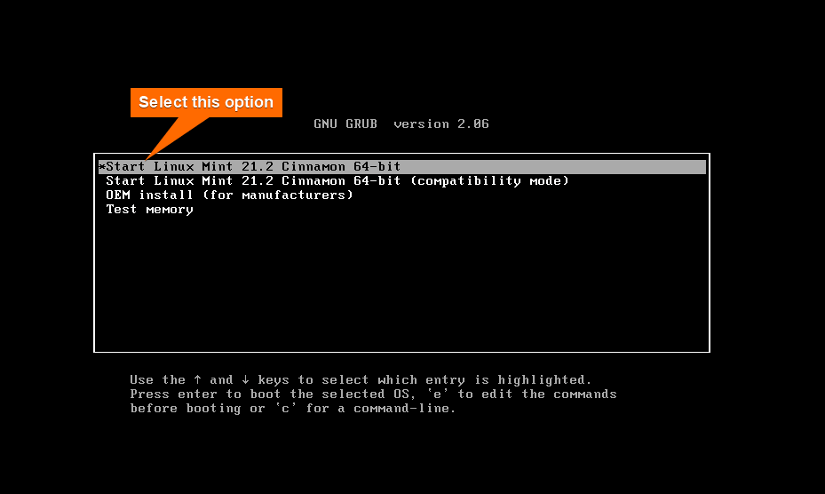
To launch the setup window manually, restart your PC and press the BIOS key according to your device. F12 is the most common BIOS key, but ESC, F2, and F10 are alternatives for some devices.
The Linux Mint live environment will appear after a while. There is an “Install Linux Mint” icon on the desktop. Double-click on it to start the installation procedure.
5. Select Language
Select a language for the system and click on Continue.
6. Select Keyboard Layout
Select the keyboard layout from the Keyboard Layout window according to your preference. Then click on Continue.
7. Install Multimedia Codecs
Multimedia codecs are additional packages that handle different audio and video file formats. Users often need to install these codecs separately to enable playback of certain media formats. To install these, click on the checkbox “Install multimedia codecs” and click on Continue.
8. Choose Installation Type
Select “Install Linux Mint alongside Windows 10” for a dual boot installation. This is the easiest installation method for a dual boot that automatically allocates disk for Linux Mint from the remaining free space.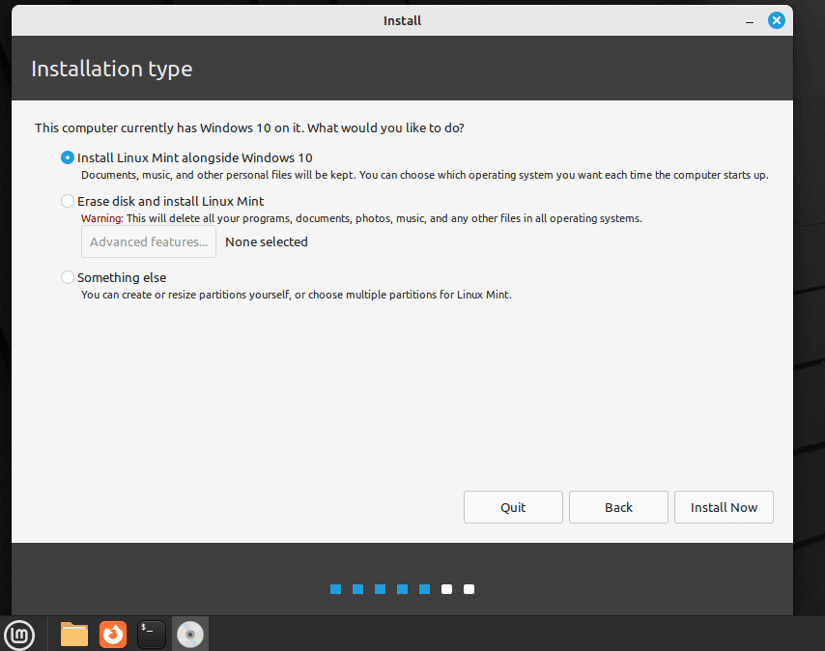
9. Select Location
Select your location from the drop-down menu on the map screen. However, this information will be detected automatically if the computer is connected to the internet. Then, click on Continue.
10. Set User Credentials
On this screen, type your name, computer name, and username. Then type and re-type a strong password. Finally, select “Require my password to log in”. Selecting this option will ask for the password every time you power on your PC. Click on Continue.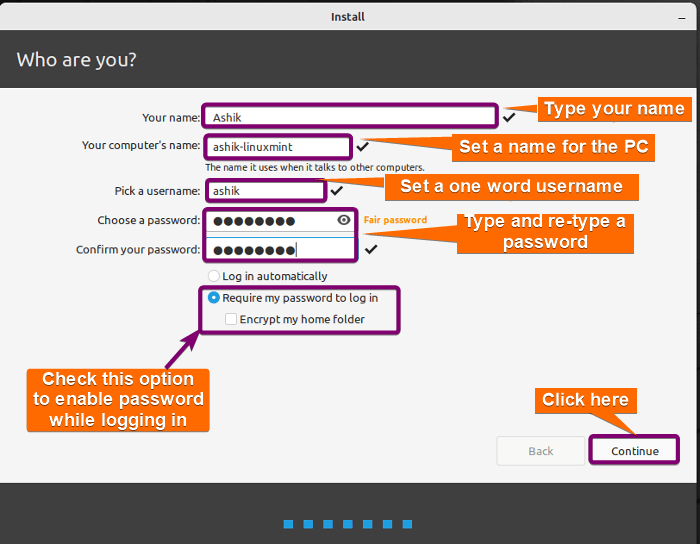
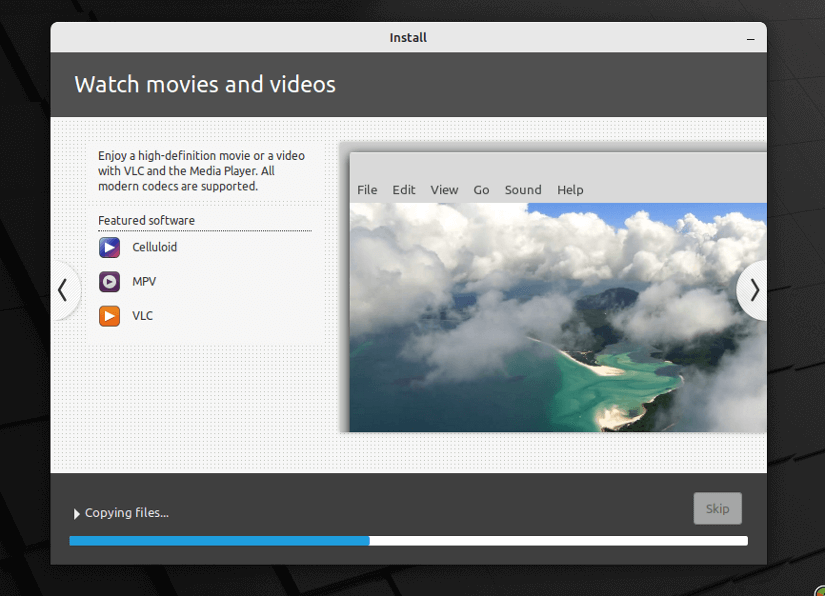
11. Log in to Linux Mint
You can see both operating systems and choose one every time you turn on the PC.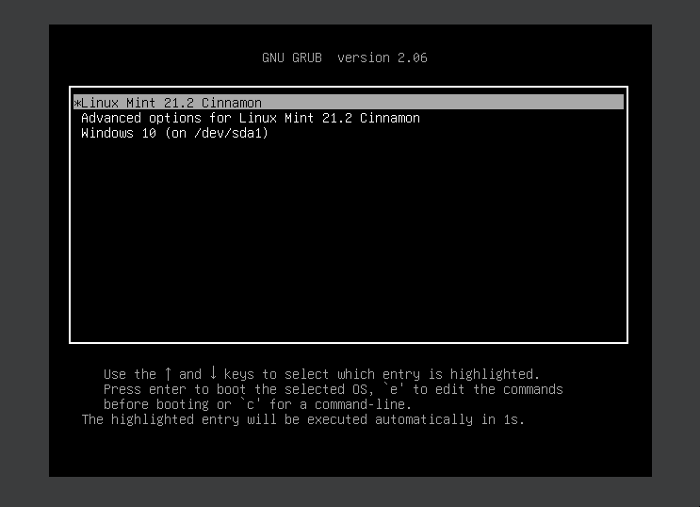

That’s it. You’ve successfully installed Linux Mint as a dual boot with Windows 10 on your computer.
Conclusion
This dual boot configuration enables users to harness the stability and familiarity of Windows 10 alongside the flexibility and customization options of Linux Mint. By following the above steps carefully during installation, users can enjoy a seamless experience, leveraging each system’s diverse functionalities. Ultimately, the dual boot setup serves as a powerful tool for users seeking versatility, allowing them to switch between environments based on their specific needs.
People Also Ask
Can I dual boot Windows and Mint?
Yes, you can dual-boot Windows and Mint. Here are the general steps to follow:
- Download the Linux Mint ISO image from the official website.
- Create a bootable USB drive with the downloaded ISO image.
- Reserve a partition on your hard drive for Linux Mint.
- Boot from the USB drive and install Linux Mint on the reserved partition.
Is it safe to dual boot Windows 10 and Linux?
Yes, it is generally safe to dual-boot Windows 10 and Linux. However, there are some risks involved, such as reduced disk space, accidental overwriting of data or operating systems, and potential performance issues. If you follow the installation guide carefully, it is completely safe.
Which version of Linux Mint is best for dual boot?
Cinnamon is considered the default and most popular Linux Mint version for dual booting. However, if you prefer a lightweight operating system without compromising on important features, install the MATE edition. Although the best edition of Linux Mint specifically depends on your priorities, you should choose the Cinnamon version of Mint’s latest edition if you don’t have any major preference.
Is Linux Mint compatible with Windows 10?
Yes, Linux Mint is compatible with Windows 10 in the sense that both operating systems can coexist on the same computer. You can set up a dual-boot system, allowing you to choose which operating system to use when you start your computer. However, it’s important to note that while they can coexist, they are separate operating systems with different file systems (NTFS for Windows and typically EXT4 for Linux Mint). Linux Mint can read and access files on the Windows partition (usually the NTFS file system) but the reverse isn’t as straightforward.
How much SSD is enough for dual boot Windows and Linux Mint?
At least 20 GB of free space is required on your SSD for Linux Mint. However, this may not be sufficient if you plan to install additional software or store large files on your Linux partition. So, it is recommended to allocate 50 GB of free space for Linux Mint to ensure that you have enough space for your necessary files and basic applications.
Related Articles
- What is Dual Boot? [Why & How]
- How to Dual Boot Ubuntu and Windows 10 [Simple Guide]
- Dual Boot Windows and Ubuntu [On Separate Hard Drives]
- How to Dual Boot Windows 11 and Ubuntu? [Easy Way]
- How to Dual Boot Windows 10 and Kali Linux [Simplest Method]
- Install Ubuntu on Mac [Dual Boot]
- Install Linux Mint on Mac [Dual Boot]
- How to Install Kali Linux on Mac [Dual Boot]
<< Go Back to Dual Boot Installation | Linux OS Installation Guide | Learn Linux Basics
FUNDAMENTALS A Complete Guide for Beginners



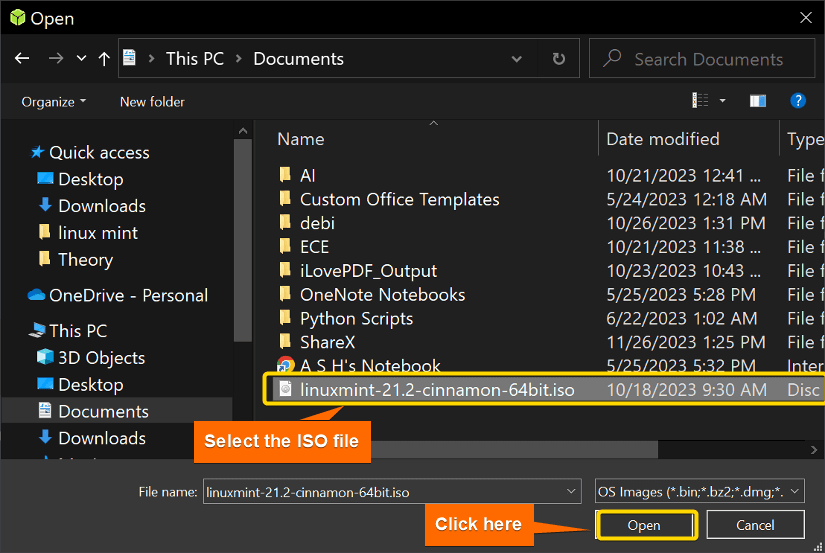
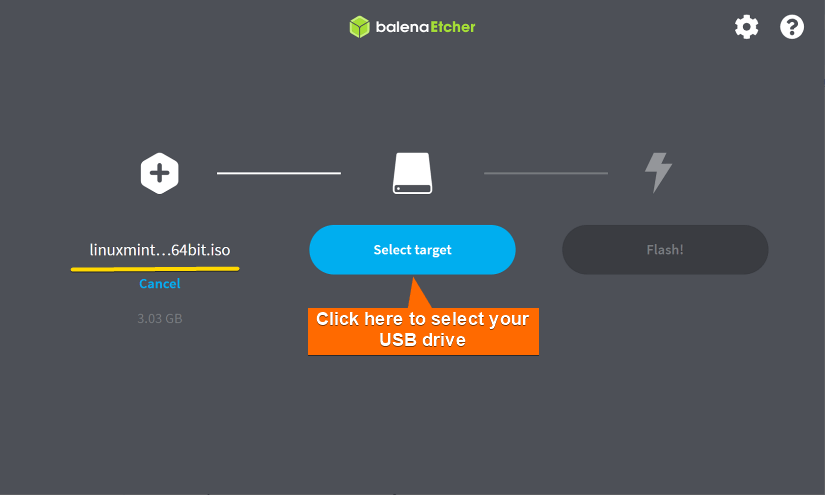
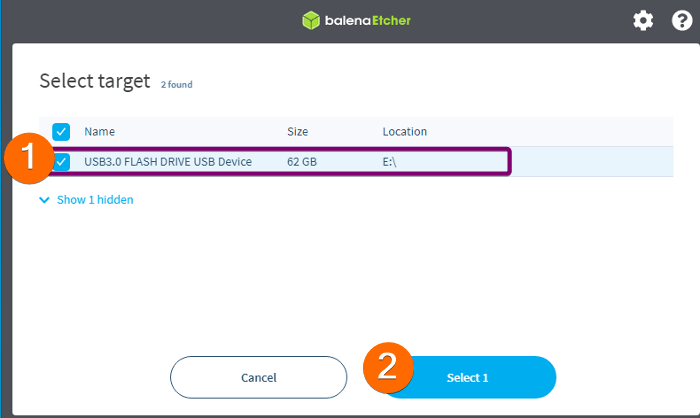
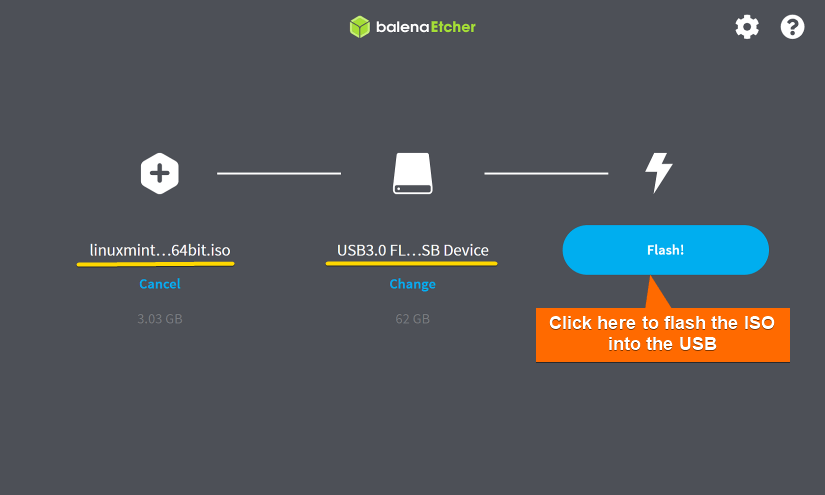
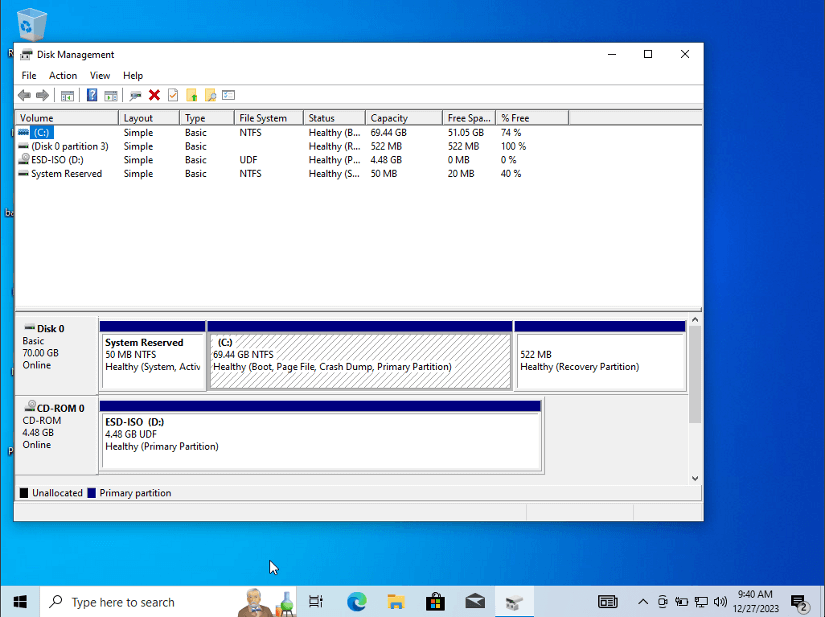

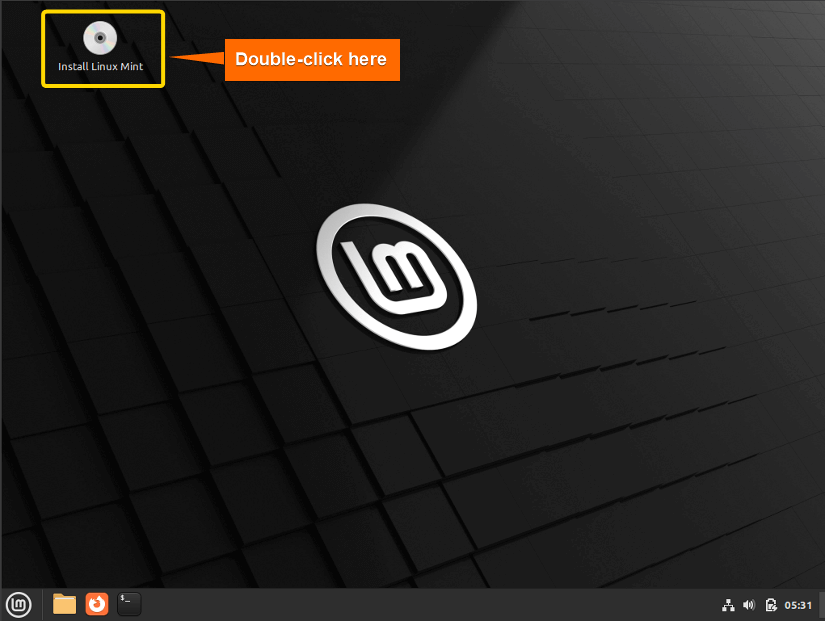
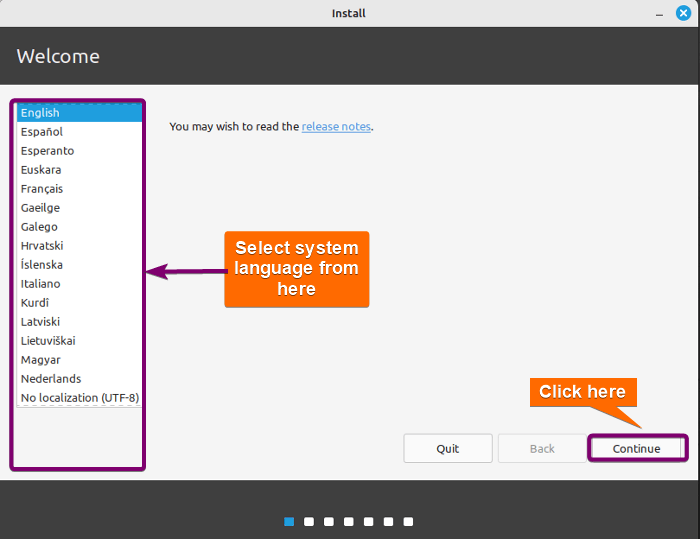
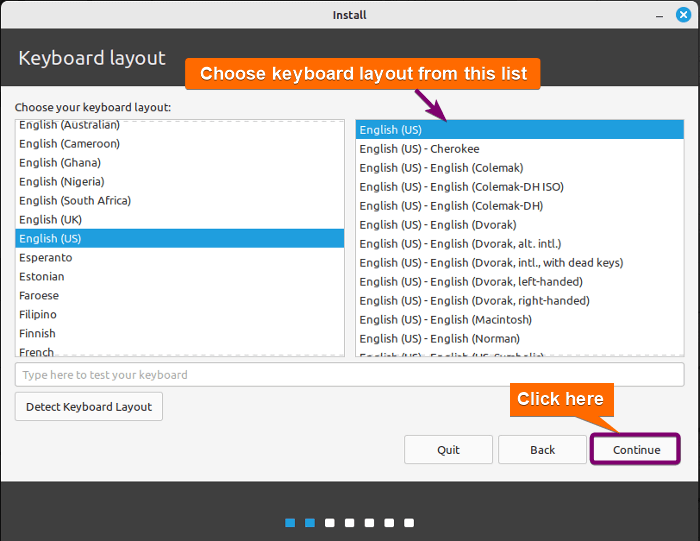
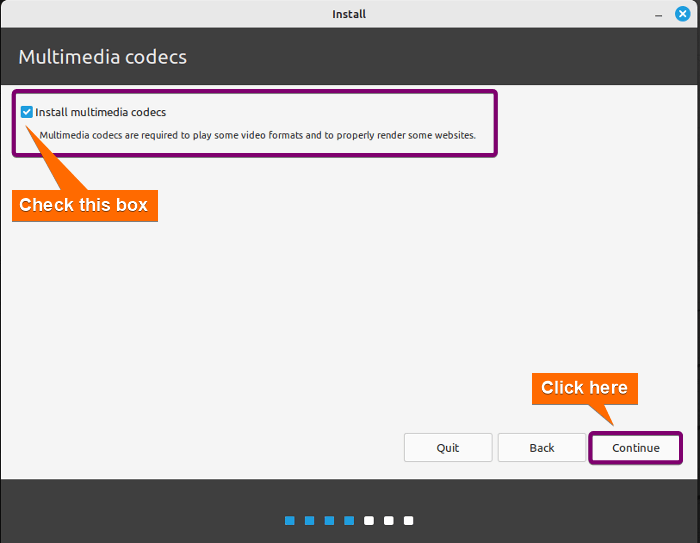
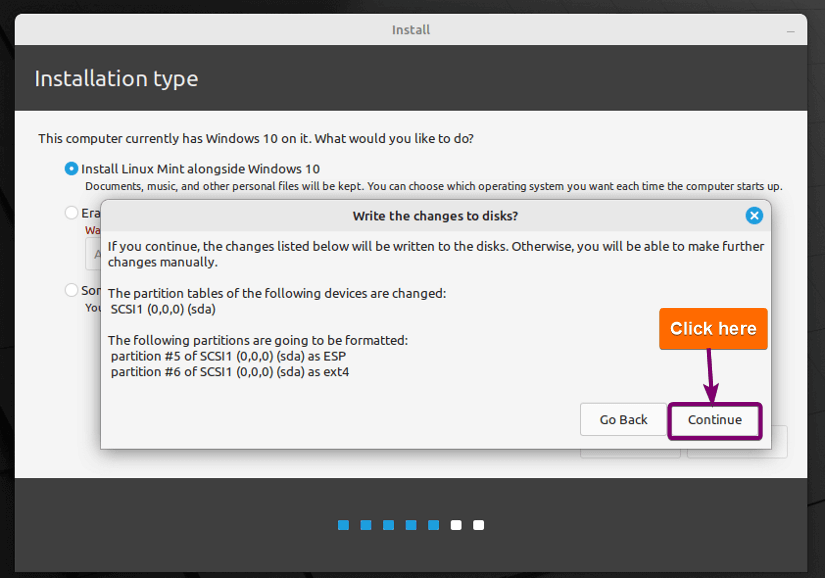
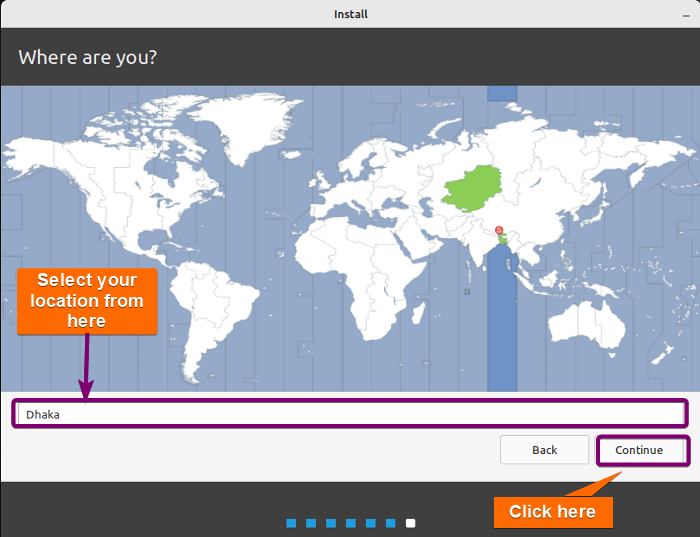
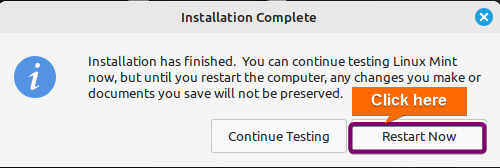
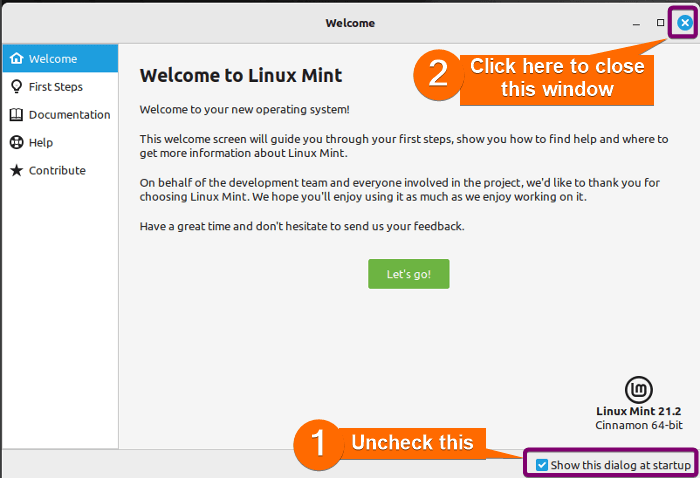




Bold of you to assume I want to install Linux Mint as my second system. ;p
(I actually want to install Windows as my second system :3)
Hi Rose,
Fair point! Installing Windows as your second system is valid too. You can do it with just a few simple steps:
You’re done. But after Windows is installed, your computer will likely boot directly into Windows without asking you the option to boot into Linux Mint. So, to restore the GRUB bootloader, boot into the Linux Mint live session and run the following commands:
Replace /dev/sdXY with the partition where your Linux Mint root filesystem is located (e.g. /dev/sda1) and replace /dev/sdX with the device where GRUB should be installed (usually the same as the Linux Mint root partition). Then remove the USB and restart the computer. That’s it!